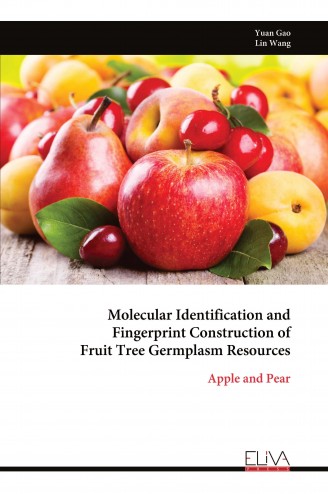Description
Leave review
Description
China has abundant germplasm resources of fruit trees. According to incomplete statistics, there are 3893 botanical species among the 45 major fruit tree species worldwide, with 725 originating from China, accounting for 18.62% of the world; The wild species of major fruit trees such as apples, pears, grapes, etc. originating from China account for 56.13% of the world. Based on the preservation of so many fruit tree germplasm resources, actively and effectively conducting research on the mechanisms and developmental patterns of fruit tree trait variation and diversity formation, excavating excellent fruit tree germplasm, and breeding new varieties are fundamental to solving the challenges of fruit tree breeding and industry. However, when we conducted identification, evaluation, breeding, we found many problems such as germplasm confusion, homonymous foreign objects, which are highly likely to occur for asexual reproduction crops. Therefore, it is necessary to give each germplasm and variety an identity that can transform their essential and genetic differences into macroscopic, visual, and quickly identifiable evidence.
Simple Sequences Repeat (SSR) is considered to be the simplest, most effective, and most reproducible molecular marker method for germplasm identification. Although with the development of resequencing and molecular markers, more and more people pay more attention on the other molecular markers, but SSR always occupying an important position in molecular marker identification of varieties especially in protecting variety rights.
In our research, from the initial use of traditional molecular marker detection, to the combination with fluorescence detection, and then to the implementation of high-throughput molecular marker fluorescence detection, the methods have been continuously updated and improved in efficiency. We have established a comprehensive molecular marker identification system for apple and pear, and developed a method for constructing their molecular identity cards. These methods have been utilized in the processes of germplasm resource preservation, utilization, and breeding.

